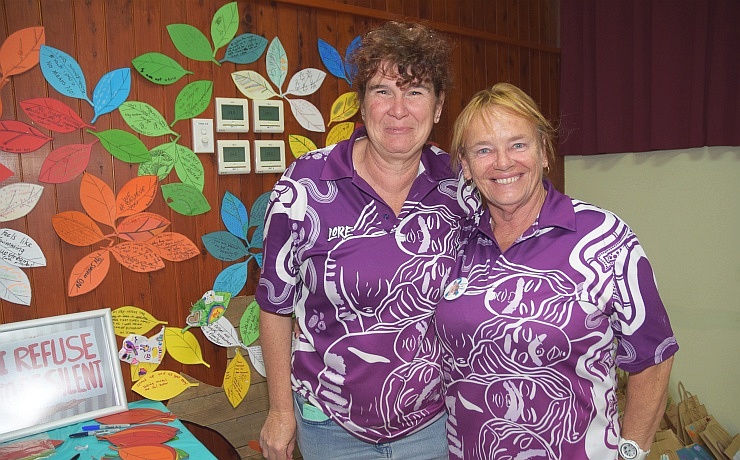
January 27, 2015
The CSIRO and the Bureau of Meteorology today released climate change projections for Australia that provide updated national and regional information on how the climate may change to the end of the 21st century.
For Eastern Australia – including the South Burnett – predictions include:
- Average temperatures will continue to increase in all seasons
- More hot days and warm spells are projected
- Fewer frosts are projected
- Average winter and spring rainfall is projected to decrease (medium confidence), changes in summer and autumn are possible but unclear.
- Increased intensity of extreme rainfall events is projected
- Mean sea level will continue to rise and height of extreme sea-level events will also increase
- A harsher fire-weather climate in the future
The CSIRO says the projections are the most comprehensive ever released for Australia and have been prepared with an emphasis on informing impact assessment and planning in the natural resource management sector.
Information has been drawn from simulations based on up to 40 global climate models.
“There is very high confidence* that hot days will become more frequent and hotter (across Australia)”, CSIRO principal research scientist, Kevin Hennessy said.
“We also have very high confidence that sea levels will rise, oceans will become more acidic, and snow depths will decline.
“We expect that extreme rainfall events across the nation are likely to become more intense, even where annual-average rainfall is projected to decline.”
By 2090, winter rainfall is expected to decrease in eastern Australia.
Southern and eastern Australia are projected to experience harsher fire weather, while tropical cyclones may occur less often, but become more intense.
“This research has been strongly aligned with the needs of Australia’s natural resources sector,” Mr Hennessy said.
“Other researchers are using this information to assess potential impacts and management options.”
Projected changes will be superimposed on significant natural climate variability.
Observed climate information indicates that Australian average surface air temperature has increased by 0.9°C since 1910, and many heat-related records have been broken in recent years. Sea level has risen about 20cm over the past century.
The Bureau of Meteorology has observed that since the 1970s, northern Australia has become wetter, southern Australia has become drier, the number of extreme fire weather days has increased in many places, and heavy rainfall has accounted for an increasing proportion of annual total rainfall.
Snow depths have declined since the 1950s and cyclone frequency seems to have declined since the 1980s.
- External link: Climate Change Predictions For Eastern Australia
[Originally published as “CSIRO Releases Long-Term Climate Change Predictions”]






















